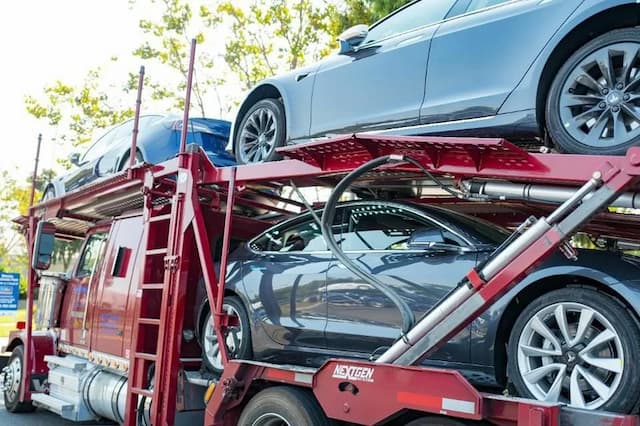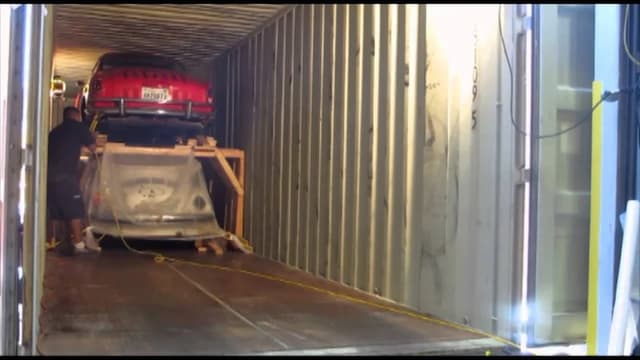Navigating Car Transport in Baltimore, MD
When it comes to shipping your car in Maryland, there's a world of factors to consider. Maryland, with its diverse landscapes from the Chesapeake Bay to the Appalachian highlands, varying seasonal weather patterns, and urban congestion challenges, presents a distinct set of circumstances. But don't worry! Here at CitizenShipper, we are committed to helping you navigate through it all. Whether you're moving into or out of Baltimore or need to transport your car for any reason, our expert team is here to help.
Maryland's Vehicle Transportation Laws & Regulations
In Maryland, car transportation laws and regulations are in place to ensure the safety and preservation of all vehicles and public roadways. Auto transporters must adhere to the Federal Motor Carrier Safety Administration (FMCSA) regulations for safety. Compliance involves ensuring that all vehicles are properly secured during transport and maintaining necessary documents for every shipped vehicle.
All auto transporters operating in Maryland must also possess an active MC Docket number, issued by the FMCSA. This number signifies that a transportation company is registered under the federal government, allowing them to legally operate across state lines. Additionally, Maryland has specific weight restrictions and vehicle dimension limitations that carriers must comply with, particularly when navigating through the Baltimore Harbor Tunnel and Fort McHenry Tunnel.
Weather & Terrain Considerations in Baltimore, MD
Weather patterns in Baltimore, MD have a significant impact on car shipping. With a humid subtropical climate, Baltimore experiences hot, humid summers and cool to cold winters with occasional snowfall. The city averages about 20 inches of snow annually, which can temporarily halt or delay transportation operations during winter months. Summer thunderstorms and occasional severe weather events, including remnants of hurricanes, can also impact shipping schedules.
Baltimore's urban setting presents its own challenges with busy port areas, narrow downtown streets, and heavy traffic on the I-95 corridor. The city's proximity to the Chesapeake Bay means that sea level and occasional flooding can affect coastal routes. When shipping to or from Baltimore, it's advisable to work with transporters familiar with the area's unique urban layout and potential traffic bottlenecks, especially during rush hours or major events at venues like M&T Bank Stadium or Camden Yards.








